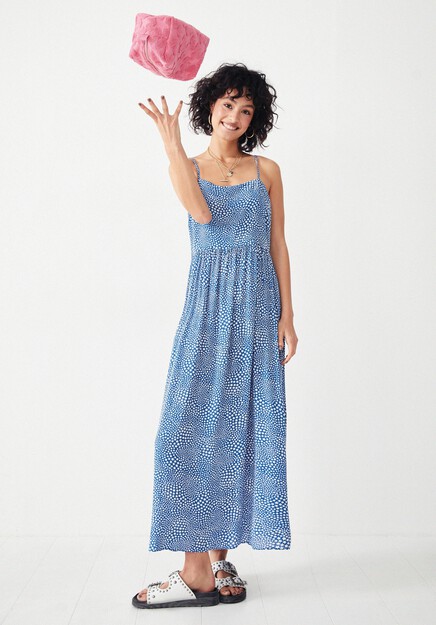Evening gowns, with their elegance and allure, have long been a symbol of sophistication and glamour. These exquisite garments have evolved over the decades, reflecting the shifting tastes, societal changes, and cultural influences of each era. From the opulence of the Victorian era to the minimalist chic of modern times, the evolution of evening gowns tells a captivating story of fashion’s journey through time.
The Victorian Era (1837-1901)
The roots of the evening gown can be traced back to the Victorian era, a time of elaborate designs and intricate details. During this period, formal dresses were characterized by their voluminous skirts, corseted bodices, and ornate embellishments. Layers of silk, lace, and tulle created a sense of opulence, while high necklines and long sleeves maintained a sense of modesty. These gowns, often adorned with intricate embroidery and beadwork, were a reflection of the Victorian ideal of femininity and refinement.
The Roaring Twenties (1920s)
The 1920s marked a dramatic departure from the previous era’s extravagance. With the advent of the flapper style, evening gowns became more streamlined and liberating. Shorter hemlines, dropped waists, and loose silhouettes allowed for greater movement and a sense of freedom. Sequins, fringe, and intricate beading adorned dresses, capturing the exuberance of the Jazz Age. The evening gowns of the 1920s embodied the spirit of rebellion and modernity that defined the era.
The Golden Age of Hollywood (1930s-1950s)
The influence of Hollywood’s golden era left an indelible mark on evening gown fashion. Screen sirens like Audrey Hepburn and Marilyn Monroe set trends with their iconic gowns, inspiring women around the world. The 1930s saw the rise of bias-cut gowns that clung to the body, emphasizing curves and exuding sensuality. As the decades progressed, ballgown silhouettes and voluminous skirts regained popularity, creating a sense of timeless elegance. Strapless necklines, sweetheart bodices, and elegant draping became hallmarks of the era.
The Swinging Sixties (1960s)
The 1960s brought a shift towards youthful and innovative designs. The evening gowns of this era embraced a more playful and experimental approach. Mini dresses, vibrant colors, and bold prints reflected the spirit of the Swinging Sixties. Designers like Mary Quant and André Courrèges challenged traditional notions of eveningwear, introducing daring cuts and unconventional materials. The result was a fusion of elegance and rebellion, redefining formal dress codes.
The Decades of Diversity (1970s-1990s)
The 1970s, 1980s, and 1990s witnessed a diverse range of evening gown styles, each reflecting the unique cultural and fashion trends of their time. The 1970s embraced bohemian influences, with flowing maxi dresses and bell sleeves. The 1980s exuded excess, featuring bold shoulders, metallic fabrics, and high-octane glamour. The 1990s favored simplicity and minimalism, with sleek slip dresses epitomizing understated elegance.
The New Millennium (2000s-Present)
The turn of the millennium brought a fusion of past and present. Contemporary evening gowns draw inspiration from various decades, combining elements of classic elegance with modern twists. Designers experiment with asymmetrical cuts, illusion details, and innovative fabrics. Red carpet events showcase a diverse range of styles, from timeless ballgowns to avant-garde creations.
The evolution of evening gowns is a testament to fashion’s ability to reflect and respond to societal changes and cultural influences. From the elaborate designs of the Victorian era to the liberated spirit of the 1920s, the Hollywood glamour of the mid-20th century, and the experimentation of more recent decades, evening gowns have adapted and transformed while remaining a symbol of grace and allure. As we continue to embrace new styles and reinterpret old classics, the journey of evening gowns through the ages serves as a captivating narrative of fashion’s evolution and its enduring enchantment.












